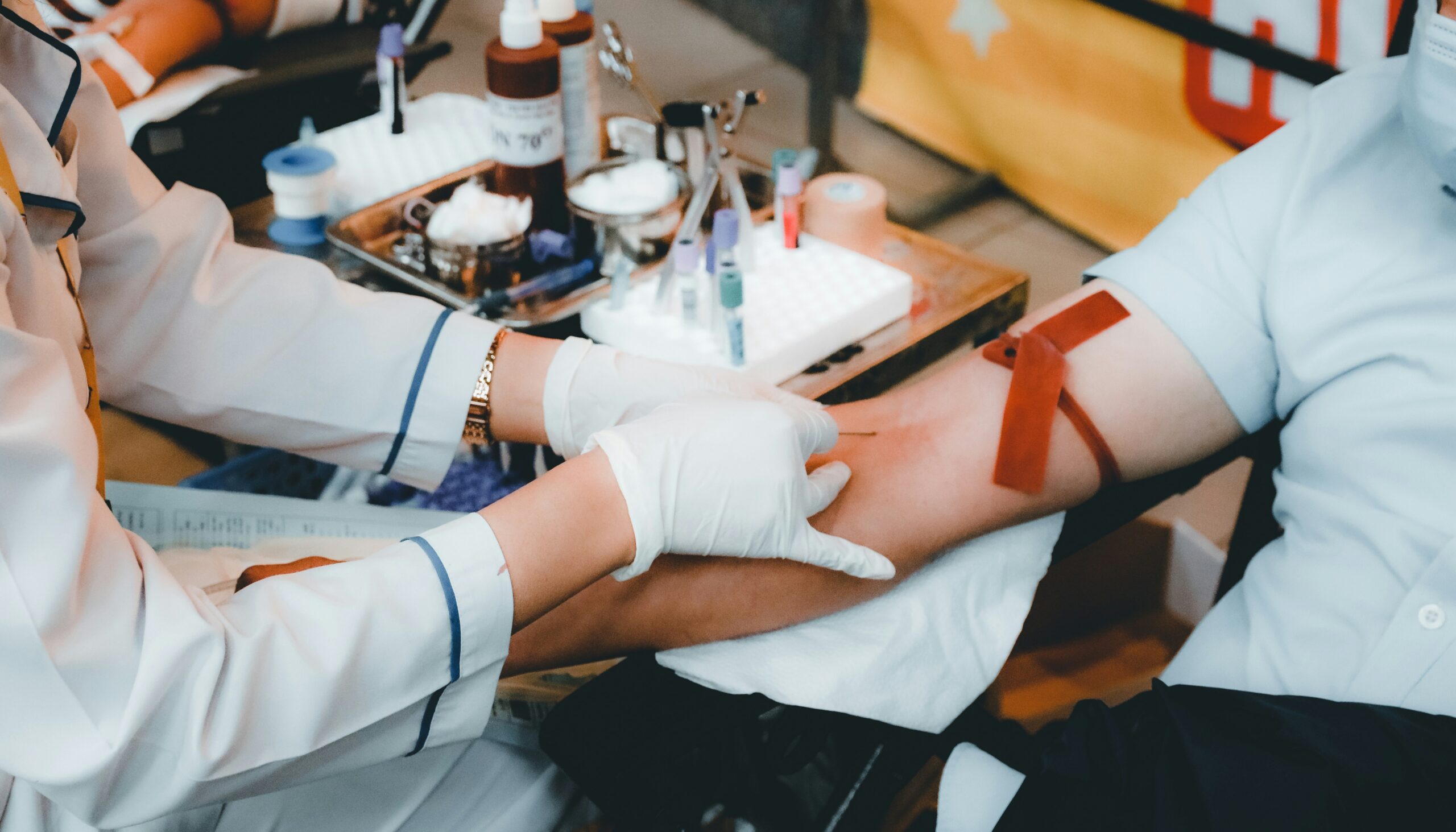The American Red Cross is battling a national shortage of blood that threatens the lives of patients needing transfusions, transplants and surgeries. The organization recently announced it’s dealing with the lowest donation levels in 20 years, equal to a 40% drop in donations, but people can still help. Learn more about the impacts of a national blood shortage and how you could save the day.
What is the American Red Cross?
The American Red Cross is a non-profit organization that conducts blood drives, provides disaster relief, helps military families and veterans with challenges related to military service, and trains individuals to support its work worldwide. It has assisted people since starting in 1881 after its founder — Clara Barton — saw the International Red Cross providing the same help in Europe.
What is a blood drive?
A blood drive is a short-term event where volunteers give their blood to trained professionals who donate it to hospitals or clinics in need. They occur year-round at accessible public locations, like hospitals, schools or office buildings.
The equipment that maintains and processes blood donations can also preserve them for other purposes like blood banking. After testing the donations for antibodies and various diseases, groups like the American Red Cross send them to assist burn victims in hospitals, keep people alive during surgeries and respond to emergency disaster victims.
Why Is There a National Blood Shortage?
There are numerous reasons why people don’t donate blood often enough to prevent shortages. Experts estimate one in four adults has an intense fear of needles. While the other three adults in that average may not pass out at the sight of a needle entering a vein, they may feel uncomfortable enough to avoid blood drives.
People also struggle to find time or hear about blood drives happening in their city, and worry that they don’t have enough blood to give. Though these are valid challenges, a shortage of blood makes surgeries and transplants much riskier. Having more on hand could save the 40% of trauma patients who die of hemorrhaging and the 35% of maternal deaths that occur after significant blood loss.
What It’s Like to Help Solve the Shortage
Blood drives need two kinds of support — volunteer staff members and donors. Texas Christian University (TCU) student Winter Harris recently interned as a blood drive coordinator with the Red Cross. She reflected on the organization’s helpful crew and how they helped the community give back to those needing blood.
“The Red Cross phlebotomy team set up the tables and equipment, and I received the first donor just before they were ready to open.” Harris said, “At the end of the day, we had 34 people come through the door who could donate, making it a successful drive.”
The Red Cross works hard to make every blood drive location a welcome, safe space, but some people still feel nervous about needles and giving away their blood. Ava Arteaga recently became a first-time donor who was grateful for the Red Cross team’s compassionate support when she felt anxious.
“My biggest fear going into this process was that I’d faint during the donation. I started to cry,” Arteaga explained, “but a nurse arrived with a big smile and empathetic eyes. She assured me that I would be alright and tried to rid my nerves with jokes and laughter. Pretty quickly, it worked. She had a nurse’s touch!”
Ways the Red Cross Is Making Strides as an Organization
The Red Cross knows a bit of incentive goes a long way in encouraging people to volunteer. Recently, they started calling on pets because they help people improve their immune systems, exercise more and feel happier. The American Red Cross is giving away gift cards to pet supply stores to lucky winners who attend blood drives. If you donate in time, you could become one of the winners who get $3,000 to cover pet food, treats and other supplies for your four-legged friends.
They’re also making blood drives easier with the help of the Rapid Pass. Interested volunteers can sign up for a Rapid Pass to schedule appointments and handle related paperwork. When your appointment arrives, it’ll only take a few minutes of your day. Making these times fit more easily into busy schedules is another way to solve the blood shortage and maintain more ongoing donations in the long term.
How You Can Make a Difference Today
There are a few ways you can help solve the national blood shortage. Download the Red Cross app to find local blood drives and book an appointment that suits your schedule. You can also use the locator to find your local Red Cross chapter. They’ll have a calendar for upcoming events in your zip code and positions volunteers can fill to make each drive more successful.
Give Back This Month
You can help the national lack of blood donations by becoming a donor or a volunteer. The process is easy and quick, so encourage your loved ones to accompany you. You’ll assist those in need and get a free snack while you’re there.


